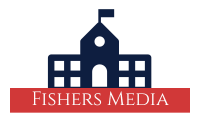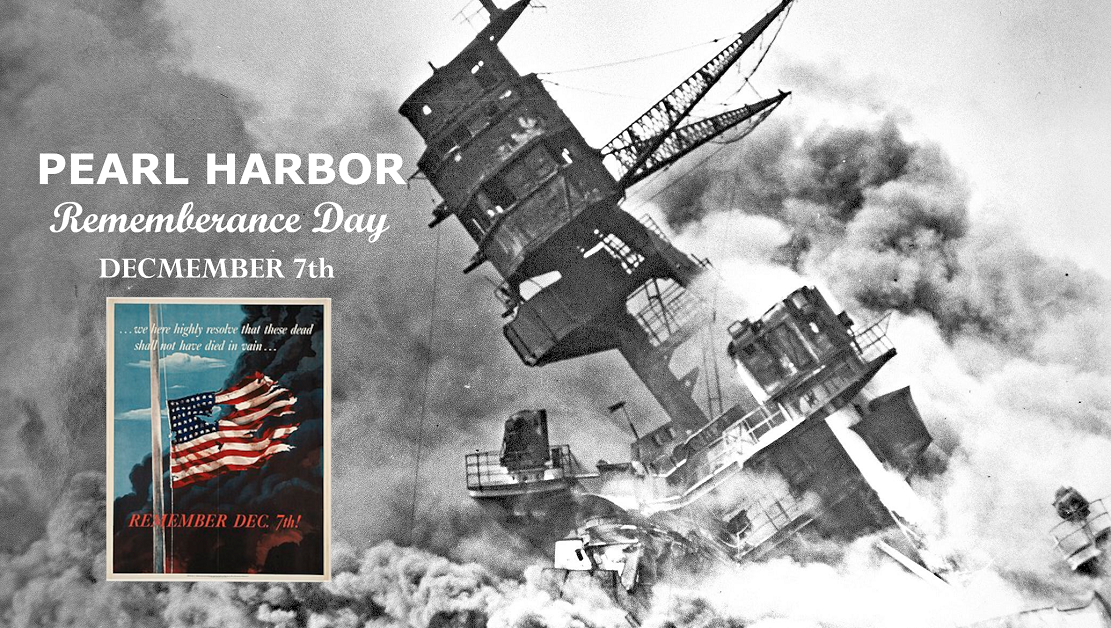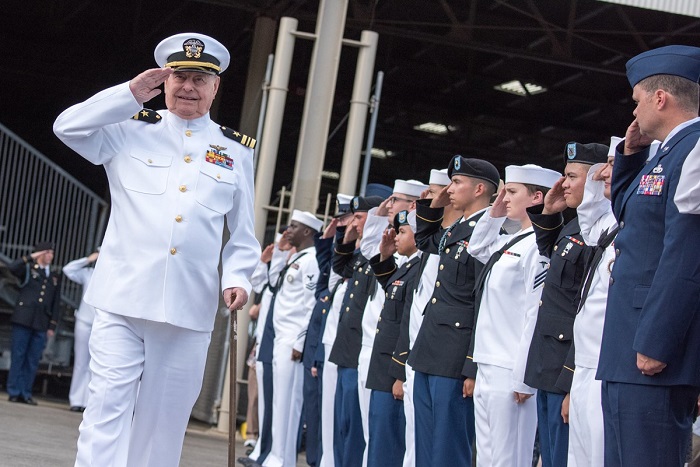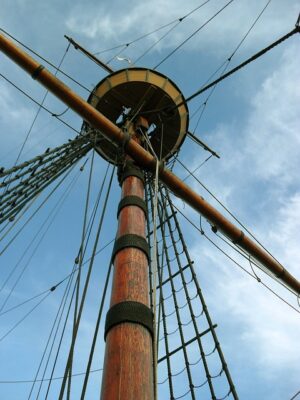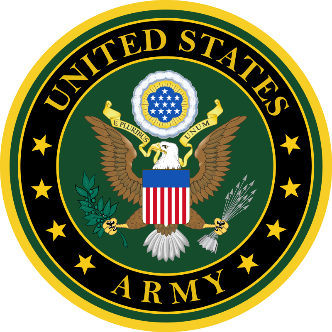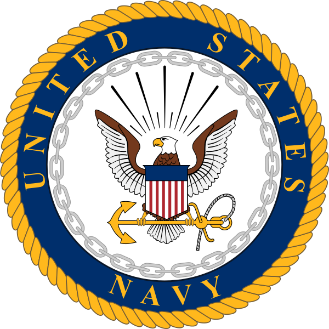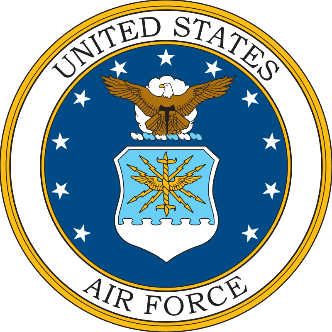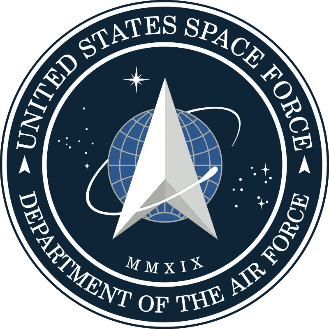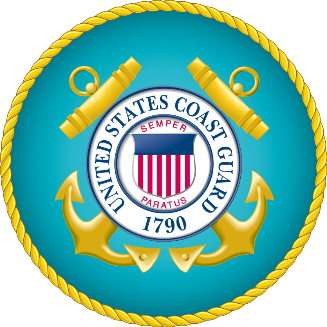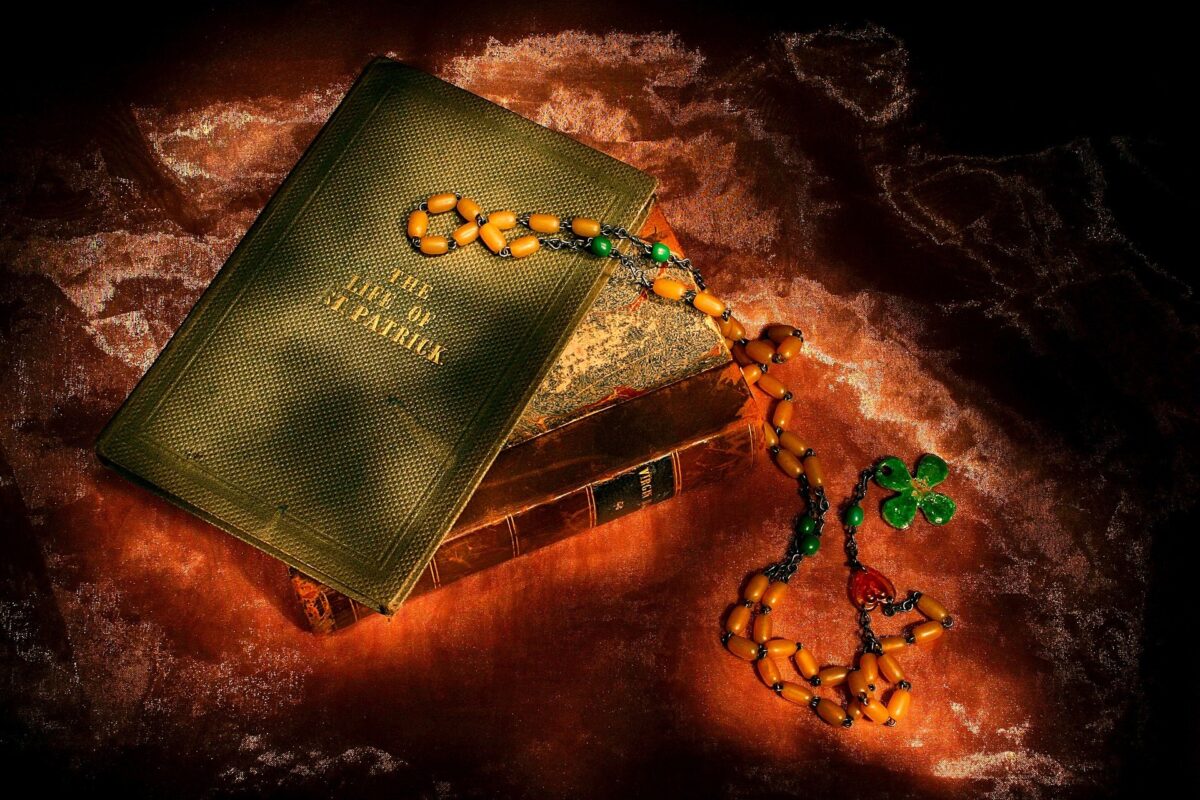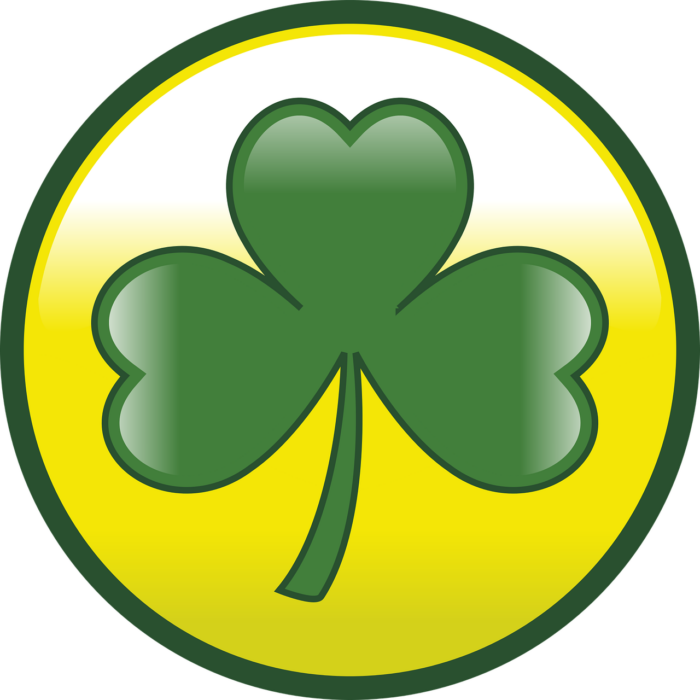A Date That Will Live in Infamy
December 7th, 1941 5:50 AM 275 miles North of Pearl Harbor at Lattidude 26 Deg North, Longtitude 158 Deg West six Japanese aircraft carriers along with 24 supporting vessels began to launch 353 war planes in sneak attack on the United States Pacific Naval Fleet stationed at Pearl Harbor Hawaii. At 7:53AM the first wave of attacks began. Commander Mitsuo Fuchida ordered Petty Officer 1st Class Norinobu Mizuki to send the code words “Tora! Tora! Tora!” (an acronym from the words “Tosugeki Raigeki” meaning “Assault stroke”. Tora, as a word, also means Tiger, which attacks in a lightning manner.) back to the carrier Akagi, the flagship of 1st Air Fleet. The message meant that complete surprise had been achieved. At 8:55AM a second wave of attacks began.
By 9:55AM the attack was over and the United States had suffered the loss of 2403 serviceman, 20 ships had been damaged, sunk or capsized and 188 war planes destroyed. By 1:00PM all but 29 Japanese planes were back on deck of their carriers. Fortunately for the U.S., its carriers were out to sea for training exercises and were not damaged. The Japanese war planes also failed to hit the U.S. Navy’s fuel depot, leaving plenty of fuel for what was left of the U.S. Pacific fleet to engage in the impending war.

Ships Damaged or Destroyed in the Attack
| USS Arizona | Sunk |
| USS West Virginia | Sunk |
| USS California | Sunk |
| USS Oglala | Sunk |
| USS Utah | Capsized |
| USS Oklahoma | Capsized |
| USS Raleigh | Heavy damage |
| USS Nevada | Heavy damage |
| USS Vestal | Heavy damage |
| USS Pennsylvania | Heavy damage |
| USS Downes | Heavy damage |
| USS Shaw | Heavy damage |
| USS Cassin | Heavy damage |
| USS Tennessee | Heavy damage |
| USS Helena | Heavy damage |
| USS Curtis | Moderate damage |
| USS Detroit | Slight damage |
| USS Tangier | Slight damage |
| USS Medusa | Slight damage |
| USS Maryland | Slight damage |
Events Leading Up to That Day
By 1941 most of the rest of world had already been at war. Great Britain and the U.S.S.R were at war with Germany and Italy, Japan was at war with China. The United States had been trying to stay neutral as it had become quite self-sufficient by this time and after fighting in WWI, its citizens had become isolationist. But the U.S. was already involved behind the scenes by providing war materials, foodstuff and clothing to Great Britain, the U.S.S.R and China. By November 1941, congress had appropriated funds amounting to nearly $13 billion for this purpose $230 billion in today’s money.
This “Lend-Lease” program as it was called, was straining relations between the United Stated and Japan. The two countries had been operating under a tenuous trade agreement for more than eighty years. In July 1941 Japan had moved against the Dutch East Indies for its oil and rubber supplies. In response, President Franklin Roosevelt seized all Japanese assets in the United States. The United States, Britain, France and the Netherlands placed a trade embargo on Japan to try to stop its hostilities. Japan, an Island nation, had limited resources of its own and lost three-fourths of its overseas trade and nearly 90% of its imported oil overnight.
Japan Plans for War
The emperor of Japan Hirohito was not initially in favor of war with the United States, neither was the Japanese Navy. Even the emperor’s brother, Prince Takamatsu, who was an officer in the navy, counseled against it. He told the emperor that victory was by no means certain, despite assurances to the contrary. The Japanese army was determined to go to war however. General Hideki Tojo had become prime minister in October after his predecessor resigned rather than be a part of the folly of going to war with the U.S.
Tojo convinced the emperor that a preemptive strike against the United States’ Pacific fleet would put it out of commission for at least six months, allowing Japan enough time to grab up British, Dutch and American territories for raw materials needed for their war efforts. Japan could then sue for peace from a position of strength. The emperor reluctantly agreed.
The sneak attack was scheduled for December 7th. There are conflicting historical reports that Japan had planned to declare war, or actually did declare war on the United States before the attack, but the messages were misinterpreted or mishandled. Japans official declaration of war was published 7.5 hours after the beginning of the Pearl Harbor attack. In any case, there was no prior notice given to the U.S. that Japan was going to attack.
Roosevelt Declares War on Japan

On December 8th, 1941, President Roosevelt Declared war on Japan in a famous address to congress:
Mr. Vice President, and Mr. Speaker, and Members of the Senate and House of Representatives:
Yesterday, December 7, 1941 — a date which will live in infamy — the United States of America was suddenly and deliberately attacked by naval and air forces of the Empire of Japan.
The United States was at peace with that Nation and, at the solicitation of Japan, was still in conversation with its Government and its Emperor looking toward the maintenance of peace in the Pacific. Indeed, one hour after Japanese air squadrons had commenced bombing in the American Island of Oahu, the Japanese Ambassador to the United States and his colleague delivered to our Secretary of State a formal reply to a recent American message. And while this reply stated that it seemed useless to continue the existing diplomatic negotiations, it contained no threat or hint of war or of armed attack.
It will be recorded that the distance of Hawaii from Japan makes it obvious that the attack was deliberately planned many days or even weeks ago. During the intervening time the Japanese Government has deliberately sought to deceive the United States by false statements and expressions of hope for continued peace.
The attack yesterday on the Hawaiian Islands has caused severe damage to American naval and military forces. I regret to tell you that very many American lives have been lost. In addition American ships have been reported torpedoed on the high seas between San Francisco and Honolulu.
Yesterday the Japanese Government also launched an attack against Malaya.
Last night Japanese forces attacked Hong Kong.
Last night Japanese forces attacked Guam.
Last night Japanese forces attacked the Philippine Islands.
Last night the Japanese attacked Wake Island. And this morning the Japanese attacked Midway Island.
Japan has, therefore, undertaken a surprise offensive extending throughout the Pacific area. The facts of yesterday and today speak for themselves. The people of the United States have already formed their opinions and well understand the implications to the very life and safety of our Nation.
As Commander in Chief of the Army and Navy I have directed that all measures be taken for our defense.
But always will our whole Nation remember the character of the onslaught against us.
No matter how long it may take us to overcome this premeditated invasion, the American people in their righteous might will win through to absolute victory. I believe that I interpret the will of the Congress and of the people when I assert that we will not only defend ourselves to the uttermost but will make it very certain that this form of treachery shall never again endanger us.
Hostilities exist. There is no blinking at the fact that our people, our territory, and our interests are in grave danger.
With confidence in our armed forces- with the unbounding determination of our people- we will gain the inevitable triumph- so help us God.
I ask that the Congress declare that since the unprovoked and dastardly attack by Japan on Sunday, December 7, 1941, a state of war has existed between the United States and the Japanese Empire.
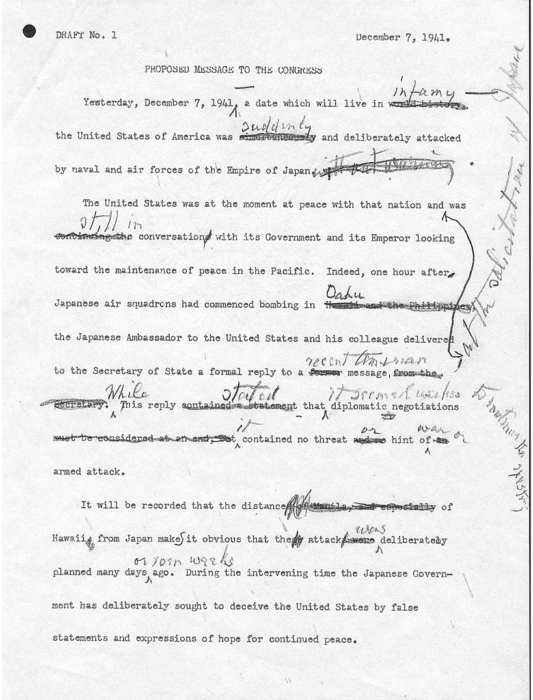
Pearl Harbor Remembrance Day
On Aug. 23, 1994, the United States Congress designated Dec. 7 as National Pearl Harbor Remembrance Day. Every year, remembrance events are held at the Pearl Harbor National Memorial, culminating in a commemoration ceremony on Dec. 7. The American flag should be flown at half-staff until sunset to honor those who died as a result of the attack on U.S. military forces in Hawaii. Pearl Harbor Remembrance day is not a Federal holiday, government offices, schools and businesses do not close.
